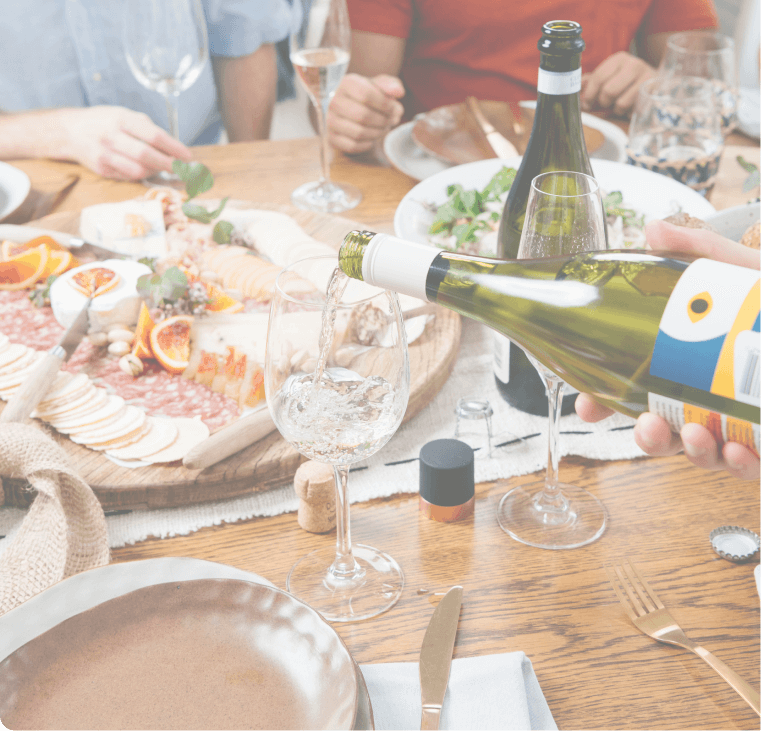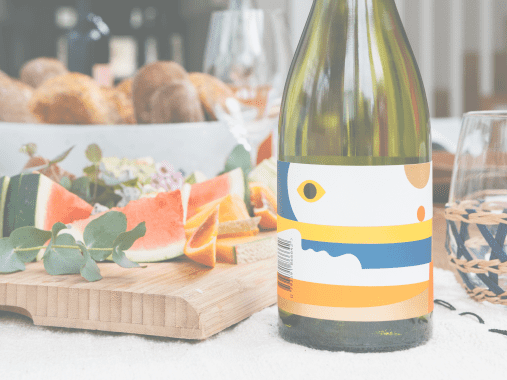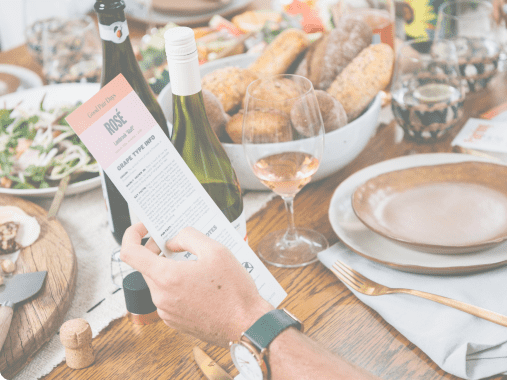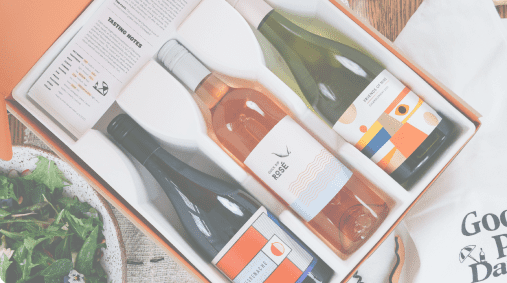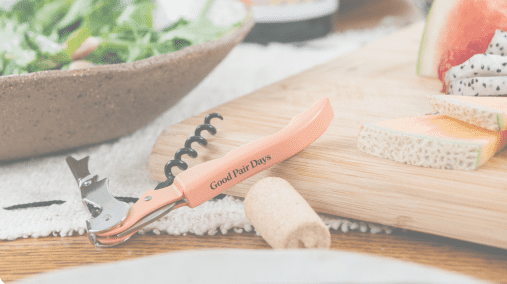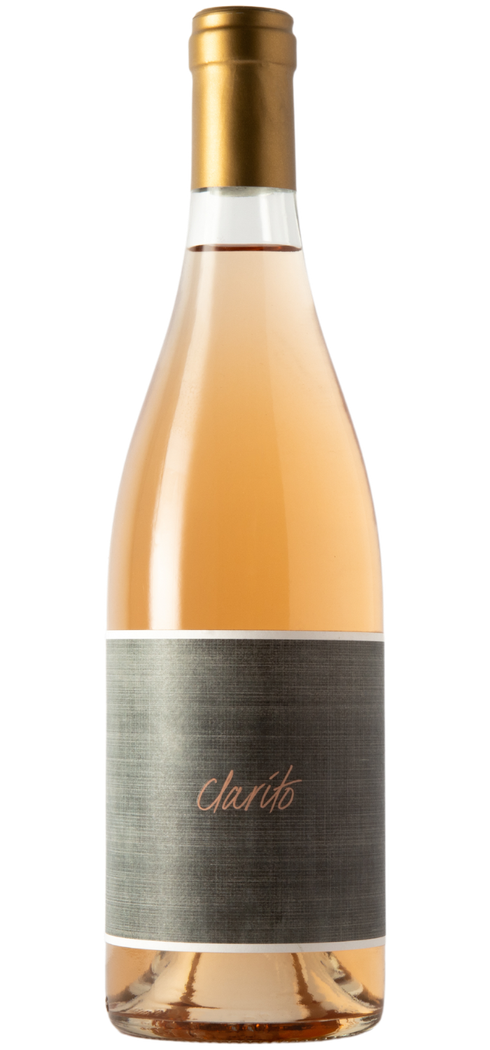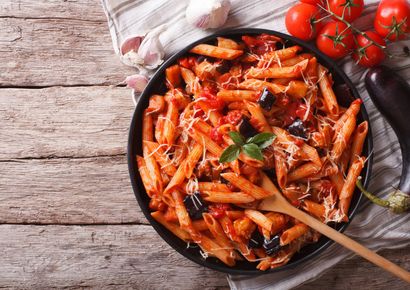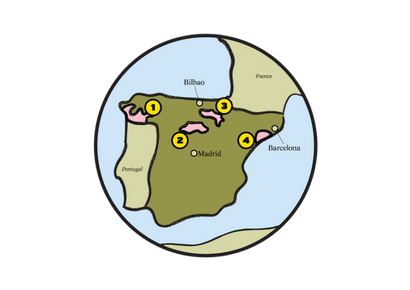Alegre y Valgañón 'Clarito' Rosado 2020
Primary flavours

Bitter Orange

Cherry

Stonefruit

Cream

Geranium

Grass

Rose Petal

Savoury

White Pepper
Details
Pale salmon in colour, yet slightly orange hued, this looks very much like a classic rosé, but the nose offers so much more intrigue. Mineral and savoury aromas, think limestone and oyster shell, that open up floral nuances; geranium, rose petal and white pepper. Piercingly dry on entry, this is not slippery and easy; nor challenging. There is a phenolic grip interplaying with roasted almonds, but it gains texture and weaves seamlessly despite the intensity of acidity. Bitter stonefruit, sour cherries and a refreshingly grippy finish.
Here is the story behind 'Claríto'. Spanish importer Scott Wasley and his artistic partner Leah, along their many sojourns to Spain, discovered a 'pink' mystery. They came across a curious wine style, and realised it was sadly on the verge of extinction. Known as 'clarete', they simply couldn't find this wine, anywhere. Not in the hundreds of wine bars visited, nor even with a google search! Many of Spain's contemporary appellations no longer had any legal classification available for 'clarete'. There was an obvious need to rescue this curious, vanishing wine style, and together, with winemaker and historian Oscar, from Alegre y Valgañon, 'Claríto' (the little clear one) was born. The trio eagerly took on this project, and with their combined talents, produced this 'not quite rosado' nor 'white wine' blend of red and white grapes (Garnacha and Viura, to be specific) from 80-year old vines. Clarete, is a deceptively powerful style... not your average rosé, and nothing less than utterly intriguing. Welcome back!
Here is the story behind 'Claríto'. Spanish importer Scott Wasley and his artistic partner Leah, along their many sojourns to Spain, discovered a 'pink' mystery. They came across a curious wine style, and realised it was sadly on the verge of extinction. Known as 'clarete', they simply couldn't find this wine, anywhere. Not in the hundreds of wine bars visited, nor even with a google search! Many of Spain's contemporary appellations no longer had any legal classification available for 'clarete'. There was an obvious need to rescue this curious, vanishing wine style, and together, with winemaker and historian Oscar, from Alegre y Valgañon, 'Claríto' (the little clear one) was born. The trio eagerly took on this project, and with their combined talents, produced this 'not quite rosado' nor 'white wine' blend of red and white grapes (Garnacha and Viura, to be specific) from 80-year old vines. Clarete, is a deceptively powerful style... not your average rosé, and nothing less than utterly intriguing. Welcome back!
Read more
Taste Profile
This wine’s tasting notes.
Sweetness

lowmediumhigh
Body

lightmediumfull
Fruitiness

nonesomelots
Tannins

lowmediumhigh
Acidity

lowmediumhigh
Oak

nonesomelots
Alcohol

low
(under 12%)medium
(12-14%)high
(14%+)
Taste Summary
This wine’s tasting notes are leaning towards medium bodied, low sweetness, with high acidity, no fruitiness, medium tannins, medium alcohol and no oak.
Specs
Region
Rioja
country
Spain
Grape type
Rosé
Wine Maker
Alegre y Valgañon
Alcohol
12.4%
Vintage
2020
Cellar period
5-10 years
Production method
Organic
Pairing guide
We couldn’t help but be enamoured by this stunning clarete from Clarito, which brings depth and freshness in equal measure, perfect for alfresco dining and evening relaxation alike. It’s going to pair fantastically with all kinds of fish and seafood dishes, especially grilled oily fish, barbecued squid, squid ink risotto or roasted octopus. Roast chicken and other poultry will also work a charm, and it’s beautiful with tomato-based pasta sauces, pilaf and other rice dishes, and salty cheeses like feta and halloumi.
Read more
Food

Pizza

Antipasto

Hot & Spicy
Tastes

Crisp
Moods

Romantic
Seasons

Summer
Recipe Matches
Wine region

Rioja, Spain
Rioja (riˈouhɑ) is one of Spain’s most well-known wine regions, located in the north of Spain. The region has a long history of making wine that dates back to the period of the Roman Empire. The climate is typically Mediterranean with hot summers and cool winters which suits the varieties of Rioja; Tempranillo, Garnacha and Graciano. Graciano almost became extinct due to the effects of phylloxera in the late 1800s however, luckily, the variety is back in full swing. There are three main classifications of wine according to their ageing process- Crianza, Reserve and Gran Reserva.
Read more

